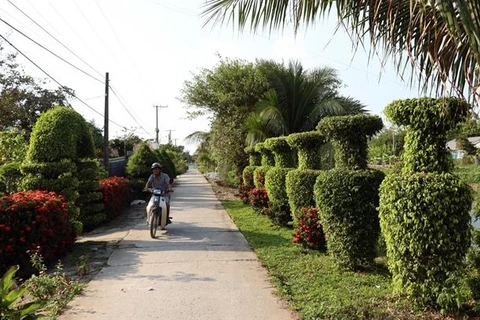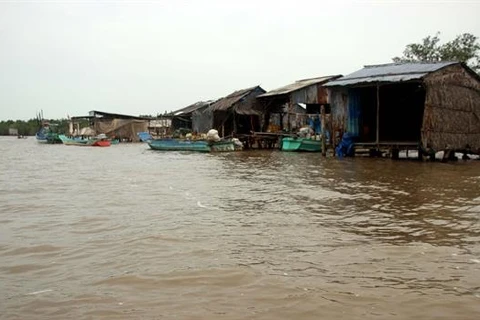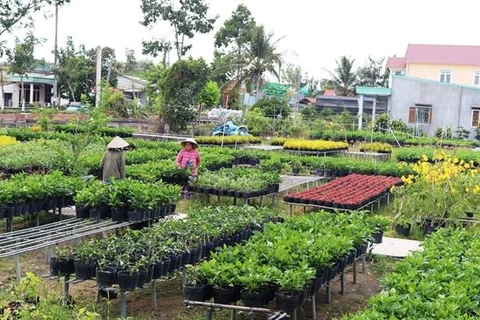Can Tho (VNA) – Can Tho city is leading the Mekong Delta region in terms of communes meeting new-style rural area standards, according to the latest report of the Scientific-Technological Programme for new rural area building.
As of the end of August this year, 34 out of the total 36 rural communes in Can Tho, or 94.4 percent, were recognized as new-style rural areas, double the rate in the Mekong Delta region (43.8 percent) and the national rate (50.8 percent).
The city also had two districts – Phong Dien and Vinh Thanh - bestowed with the title.
Can Tho set out on the building of new-style rural area in 2011. While only 12 communes completed the required criteria during 2011-2015, another 22 communes achieved the feat since 2016 to now.
Director of the municipal Department of Agriculture and Rural Development Nguyen Ngoc He, the achievement in building new-style rural areas in Can Tho is attributable to the city’s success in mobilizing resources from various sources and investing in socio-economic infrastructure in rural areas.
Can Tho aims to have all its 36 rural communes and all four rural districts recognized as new-style rural areas in 2020.
Communes and districts that have already been recognized as new-style rural areas have begun to work to fulfill advanced criteria, with the city hoping to have 18 communes complete those advanced criteria by 2025.
The National Target Programme on New-style Rural Area Building, initiated by the Vietnamese Government in 2010, sets 19 criteria on socio-economic development, politics, and defence, aiming to boost rural regions of Vietnam.
The list of criteria includes the development of infrastructure, the improvement of production capacity, environmental protection, and the promotion of cultural values./.
VNA
























